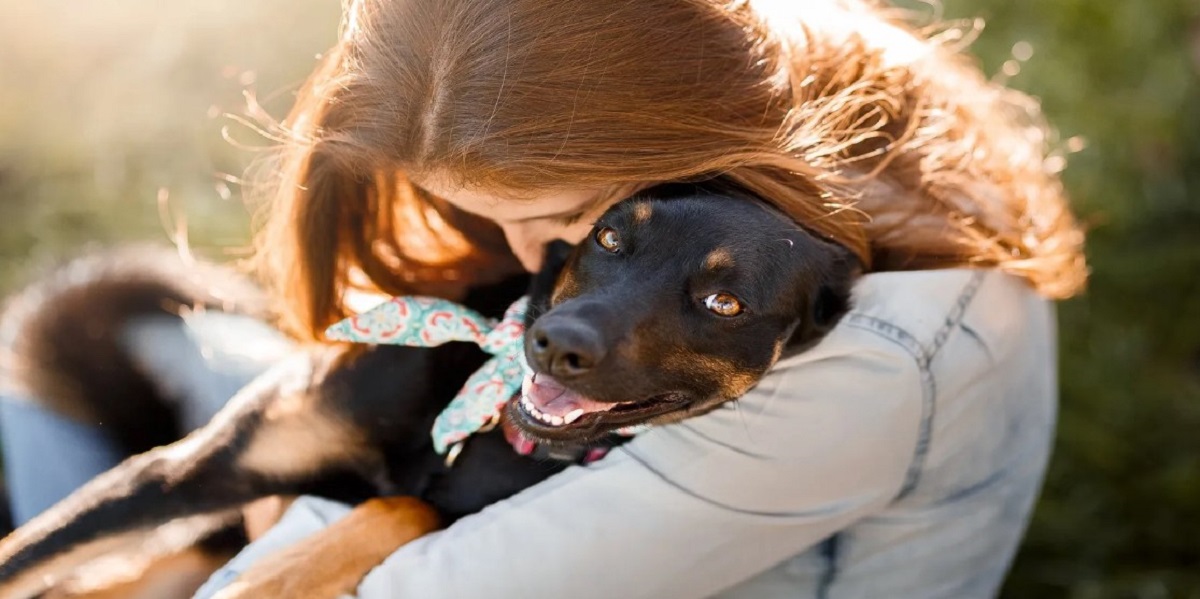Bees (and wasps and hornets) are helpful to the environment, which is why we plant bee-friendly gardens replete with nectar-filled blossoms to attract them. But to most dogs, bees are not so helpful! Bees won’t hesitate to sting any pet that noses about, paws at, or otherwise disturbs their crucial pollinating work. For pets, especially those dogs who can’t leave well enough alone, it’s a painful way of being told to “buzz off.”
Pain, however, can be the least of the worries for some dogs. Bee stings may lead to a severe, life-threatening allergic reaction that can lead to shock and even death. Here’s what you need to know when your dogs stung by bee.
What are the signs your dog has been stung by a bee?
Dogs who have been stung by bees can experience very mild allergic reactions to very severe anaphylactic reactions.
Mild reactions include:
- Sudden onset of yelping, whining, or limping
- Licking, chewing, pawing, or scratching at the bite site
- Redness and swelling
- Painful when touched
- Visible sting
- Hives or welts
- Swelling
- Drooling
A severe reaction includes:
- Severe swelling
- Vomiting
- Diarrhea
- Pale gums
- Dizziness or disorientation
- Difficulty breathing
- Collapse
- Loss of consciousness
Allergic reactions from bee stings usually happen within 10 minutes of being stung, but reactions can still be delayed until hours later.
What should you do if your dog is stung by a bee?
If your dog is showing signs of an allergic reaction or anaphylaxis from a bee sting, take them straight to the vet. While seeking veterinary care, remember the A-Bee-C’s of Bites and Stings by following these steps:
“A” Is For Assist:
When a honeybee stings a dog, its stinger becomes detached from its body and the bee then dies. What’s left in the dog’s body is the stinger and a tiny piece of fleshy-looking tissue, which is the venom sac. Wasps or bumblebees, on the other hand, can sting repeatedly because their stingers do not become detached from their bodies.
If your pet was stung, see if the insect and stinger are still attached. If so, try to remove the stinger by scraping it out with a credit card or other stiff material. Alternatively, use tweezers by grasping the stinger, which is located below the venom sac. Be careful not to put pressure on the venom sac during its removal, as this will inject more of the venom into your pet. If you don’t feel confident in removing the stinger, wait until your veterinarian can do so.
“B” Is For Baking Soda:
To help neutralize some of the acidic venoms, apply a paste mixture of baking soda and water to the sting area.
“C” Is For Cool Compress:
Apply a cool compress to the area to help reduce the swelling and pain, as well as to help with constricting the blood vessels to “slow” the spread of the insect venom.
What to expect from the vet for the treatment of bee stings?
Upon arrival, your vet will assess your dog and determine the best treatment option to take. For mild reactions treatment may include:
- Full clinical examination and assessment for signs of anaphylaxis
- Antihistamines
- Anti-inflammatories
- Pain relief
An important note to remember is not to let your dog straight back into the yard after treatment. as should your dog receive another bee sting the reaction can be more severe. Bee stings occurring close together have a greater chance of having a more severe, faster reaction that is more likely to be fatal.
What can you do to prevent bee stings?
Preventing your dog from being stung by a bee is difficult, particularly for dogs who spend most of their time outside. And with bees being a vital part of our ecosystem it may seem impossible to keep your dog safe, but there are a few things you can do:
- Prevent access to areas in your yard known to be frequented by bees
- When out walking your dog stay clear of areas with flowers
- Keep your dog out and away from flower beds
- Teach your dog to come when called, so as if you see them chasing or snapping at bees you can divert their attention
If you suspect your dog may be in pain or injured contact your local vet immediately or your closest Animal Emergency Service hospital.








